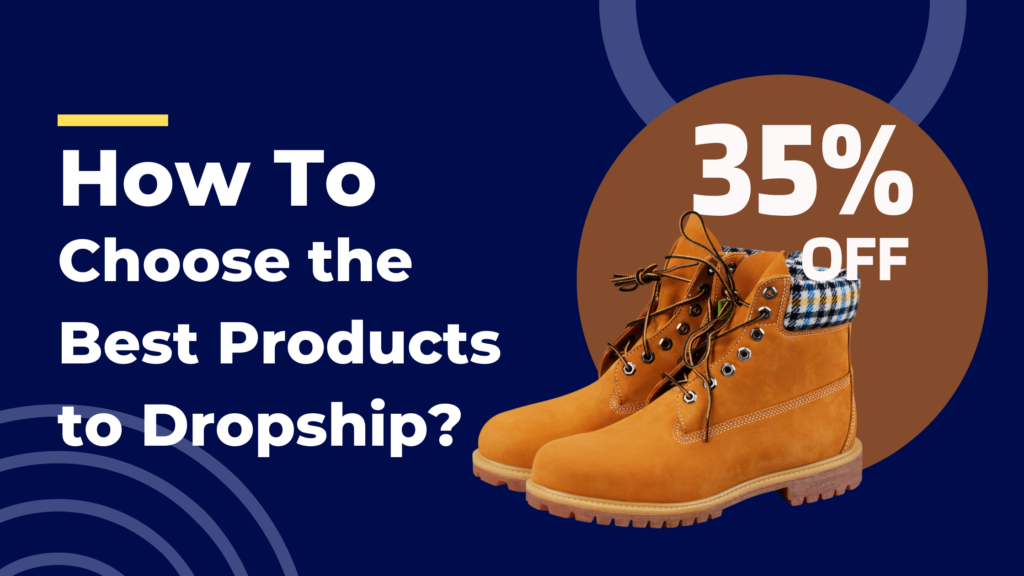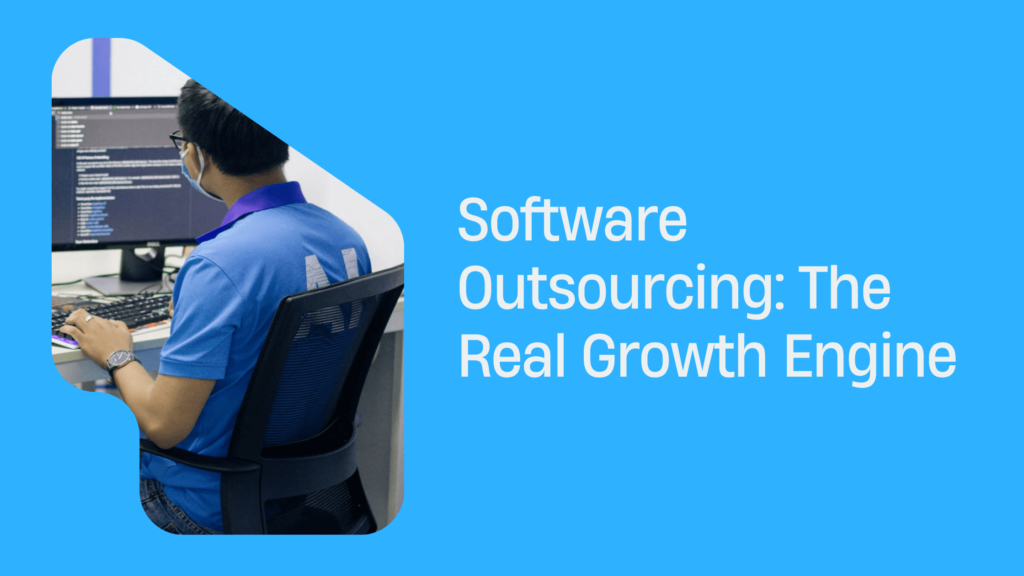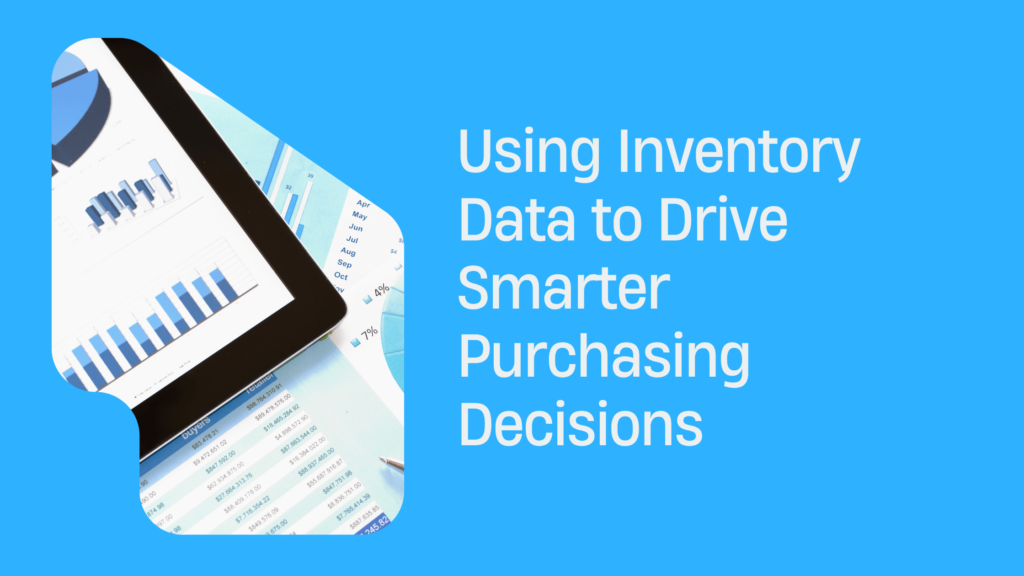How to Choose the Best Products to Dropship?
Dropshipping has become a popular and lucrative business model in the ecommerce industry. One of the keys to success in dropshipping is selecting the best products to sell. However, with so many products available, finding the right ones can be a challenge.
In this blog, we will provide you with expert tips and strategies to help you choose the best products to dropship. Whether you’re a beginner or an experienced dropshipper, these insights will increase your chances of success in the highly competitive market.
Researching Popular and Trending Products
To identify the best products to dropship, you need to research popular and trending items. Start by exploring online marketplaces like Amazon, eBay, and AliExpress. These platforms provide valuable insights into what products are in high demand. Look for products with high search volume and positive customer reviews. Pay attention to emerging trends and seasonal products as well.
Another useful tool for product research is Google Trends. It allows you to analyze the search volume and interest over time for specific keywords. By identifying products with a consistent and growing interest, you can increase your chances of success.
Analyzing Competitors and Market Demand
Analyzing your competitors is crucial in determining the viability of a product. Look for products with low competition and high demand. Conduct a thorough analysis of your competitors’ pricing, customer reviews, and marketing strategies. This will help you identify gaps in the market that you can fill with your unique offerings.
Additionally, consider the overall market demand for the product. Look for products that solve a problem or fulfill a need for your target audience. Conduct surveys or engage in social listening to understand what customers are looking for. By addressing their pain points, you can attract more customers and differentiate yourself from the competition.
Considering Profit Margin and Costs
Profit margin is a critical factor to consider when choosing products to dropship. Calculate the total cost of the product, including the cost of goods, shipping fees, packaging, and any additional expenses. Ensure that your final selling price covers all these costs and leaves you with a reasonable profit margin.
It’s important to strike a balance between a competitive selling price and a profitable margin. Avoid products with razor-thin profit margins, as they may not be worth your time and effort. Look for products that offer a decent profit margin while still being competitively priced.
Exploring Niche Categories
Choosing a niche category can be advantageous for your dropshipping business. By specializing in a specific category of products, you can target a specific audience and differentiate yourself from broader marketplaces. Consider your interests, knowledge, and expertise when selecting a niche. This will enable you to create a unique value proposition and establish yourself as an authority in that niche.
Niche categories also provide opportunities for customization and personalization. Customers are often willing to pay a premium for products that cater to their specific needs and preferences. By offering tailored products within a niche, you can attract a loyal customer base and command higher prices.
Ensuring Product Quality and Positive Reviews
Product quality is crucial for customer satisfaction and retention. Before adding a product to your dropshipping store, thoroughly research the supplier or manufacturer. Look for products that meet high-quality standards and have positive reviews from customers. This will help build trust and credibility with your audience.
Consider ordering samples of the products you plan to sell to assess their quality firsthand. This will allow you to make informed decisions and ensure that you are offering products that meet your customers’ expectations.
Evaluating Shipping Times and Costs
Shipping time is a critical factor in customer satisfaction. Choose products that can be shipped quickly and efficiently to minimize delays and potential customer complaints. Long shipping times can result in negative reviews and a decrease in repeat purchases.
Consider working with suppliers or manufacturers that offer fast and reliable shipping options. Evaluate the shipping costs associated with each product and factor them into your pricing strategy. Offering free or discounted shipping can be a powerful incentive for customers to choose your store over competitors.
Assessing Seasonality and Market Trends
Some products may experience fluctuations in demand based on seasonality or market trends. While seasonal products can be highly profitable during their peak season, they may have limited sales potential throughout the rest of the year. Consider the timing and market trends when choosing products to dropship. Opt for products that have consistent demand or can be sold year-round.
Google Trends is an excellent tool for identifying consumer interest in specific products or markets. It allows you to analyze search volume and interest over time, helping you make data-driven decisions.
Utilizing Dropshipping Tools for Efficient Product Research
There are several dropshipping tools available that can streamline and enhance your product research efforts. These tools provide valuable insights into product demand, competition, pricing, and more. Some popular dropshipping tools include Oberlo, Salehoo, and Spocket.
These tools can help you find trending products, analyze competitors, and automate various aspects of your dropshipping business. They save time and effort, allowing you to focus on growing your business and serving your customers. Along with this tool, businesses also use Tableau BI Development to create insightful visualizations and dashboards, enabling data-driven decisions that enhance operational efficiency and customer satisfaction.
Building a Strong Online Presence
Having a strong online presence is crucial for the success of your dropshipping business. Utilize social media platforms like Facebook, Instagram, and Pinterest to showcase your products and engage with your target audience. Leverage social media trends and influencers to generate interest and drive traffic to your online store.
Invest in search engine optimization (SEO) to improve your website’s visibility and rank higher in search engine results. Optimize your product descriptions, titles, and meta tags with relevant keywords to attract organic traffic. Additionally, consider running targeted ads on platforms like Google Ads and Facebook Ads to reach a wider audience.
Providing Excellent Customer Service
Customer service is a key differentiator in the dropshipping industry. Aim to provide excellent customer service to enhance customer satisfaction and build long-term relationships. Respond promptly to customer inquiries and resolve any issues or concerns promptly.
Consider offering a money-back guarantee or a hassle-free return policy to instill confidence in your customers. Going the extra mile to exceed customer expectations will result in positive reviews, repeat purchases, and word-of-mouth referrals.
In conclusion, selecting the best products for dropship is a crucial step in building a successful dropshipping business. By conducting thorough research, analyzing market demand and competition, and considering factors like profit margin and shipping times, you can make informed decisions and increase your chances of success.
Remember to focus on providing quality products, excellent customer service, and staying adaptable to market trends. With the right strategies and dedication, you can create a profitable and sustainable dropshipping business.





